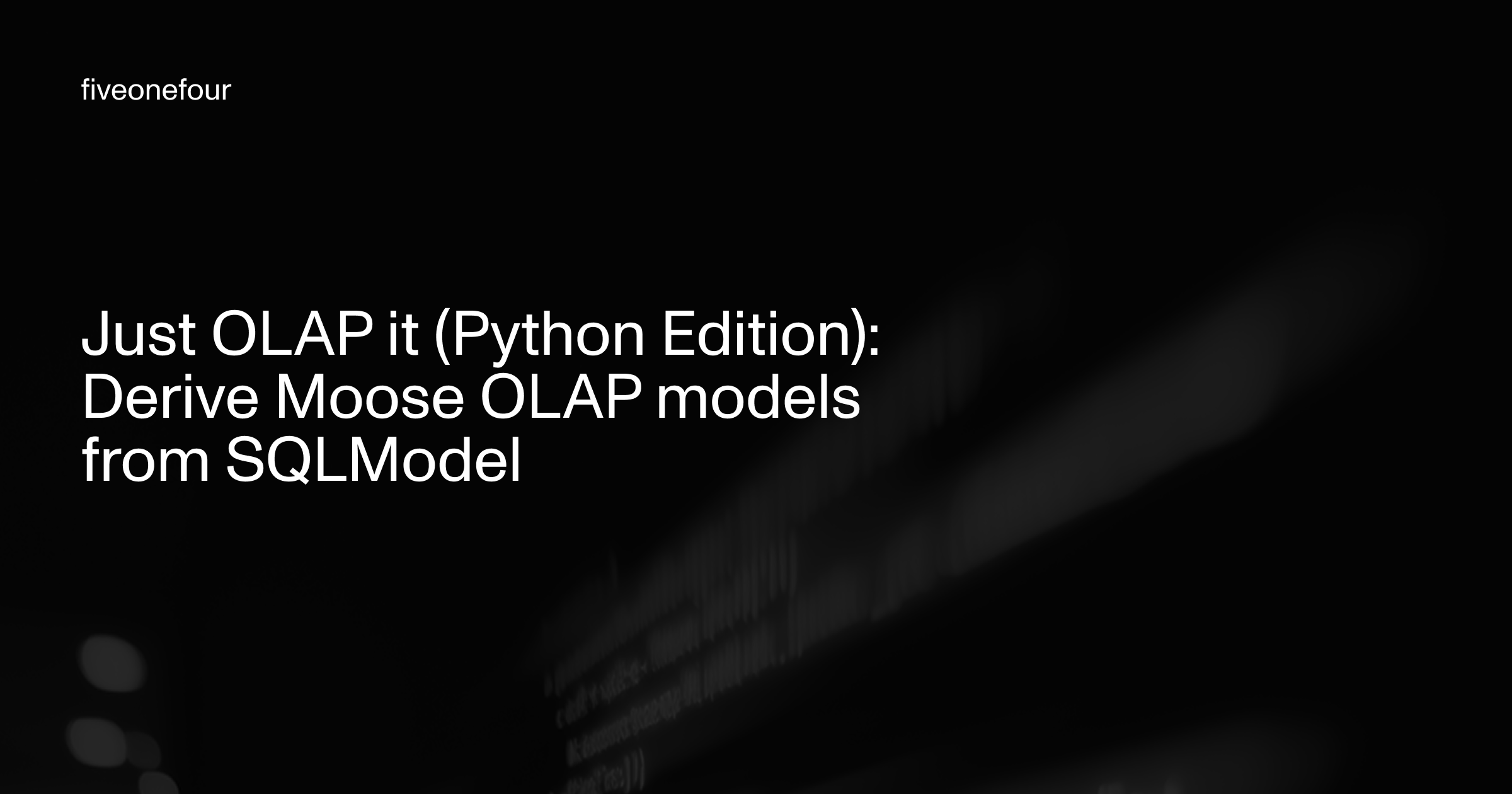10 Key Takeaways About OLAP — For Telecommunications Operations Leaders
TL;DR
OLAP (Online Analytical Processing) powers fast analytics in ClickHouse, Snowflake, and Databricks.
It’s how you turn CDRs, alarms, and telemetry into live decisions for NOC, field ops, and care. It sits beside OSS/BSS and your warehouse—fueling them with sub‑second answers.
1) OLAP is the foundation of analytical systems.
Built for analysis, not transactions, OLAP organizes data by the columns your teams and applications query most—by time, by region/market, by cell/sector, by customer/account. That structure enables extreme compression and parallel processing for live visibility.
2) Speed is a function of design—and OLAP is built for it.
Columnar storage, pre‑aggregation, and parallel execution yield sub‑second answers on massive CDR and telemetry sets. In practice: prioritize truck rolls by revenue at risk × SLA exposure and re‑route during the bridge call.
3) The analytical layer has moved into your products.
Enterprise customers expect transparent SLA and performance dashboards, proactive impact alerts, and tenant‑isolated insights. OLAP serves these safely and reliably.
4) Operational visibility depends on analytical architecture.
Join live streams (minutes) with years of history to detect anomalies early and forecast congestion before peak. Target freshness <10 minutes for network KPIs; seconds for critical alerts.
5) Data modeling is business design.
Define site/sector, handover event, churn trigger, and fault categories consistently. That semantic clarity drives reliable KPIs, fair SLAs, and effective automation.
6) AI consumes analytics differently.
Bots/agents issue many small, concurrent queries across CDRs, geospatial tiles, and alarms. OLAP sustains hundreds–thousands of sessions so care, NOC, and field apps stay snappy.
7) Boardroom‑fast analytics changes decision‑making.
On the outage bridge, ask: “Which top‑50 enterprise accounts are impacted and what’s the churn/SLA risk right now?” Get prioritized actions in under a second.
8) The architecture has evolved.
Modern OLAP is cloud‑native, horizontally scalable, streaming‑aware, and API‑first. Expose analytics to NOC tools, care desktops, field apps, and partner portals without brittle extracts.
9) Analytics itself is now customer value.
B2B portals with SLA transparency and performance analytics deepen trust and reduce escalations. Insight becomes a feature—backed by tenancy and SLAs.
10) The next era is AI‑native analytics.
Closed‑loop operations: systems that watch, explain, and—within guardrails—propose capacity shifts, schedule crews, or adjust QoS automatically. OLAP keeps those loops fast and auditable.
About Fiveonefour
Fiveonefour builds open, AI‑ready data infrastructure that helps teams move from exploration to production. Our open developer framework and cloud platform let organizations design, analyze, and operationalize data at scale—without lock‑in. We help telcos modernize analytics and cut MTTD/MTTR while protecting revenue and SLAs.
Interested in learning more?
Sign up for our newsletter — we only send one when we have something actually worth saying.
Related posts
All Blog Posts
OLAP, AI, ClickHouse
Data modeling for OLAP with AI ft. Michael Klein, Director of Technology at District Cannabis
District Cannabis rebuilt its entire data warehouse in just four hours using AI-assisted OLAP modeling. See how Moose copilots optimized raw Snowflake data for ClickHouse performance—with tight types, smart sort keys, and clean materialized views.

OLAP, Product, Python
Just OLAP It (Python Edition): Derive Moose OLAP Models from SQLModel
This hands-on walkthrough shows how to derive Moose OLAP models directly from Python’s SQLModel. You’ll learn how to map your OLTP schema to ClickHouse through MooseStack — defining OLTP models, mirroring them into Pydantic payloads, layering in CDC metadata, and declaring OLAP tables. While TypeScript automates much of this flow, Python requires explicit type bridging. This post highlights what’s manual today, where automation could fit, and how to keep your OLTP and OLAP layers in sync.